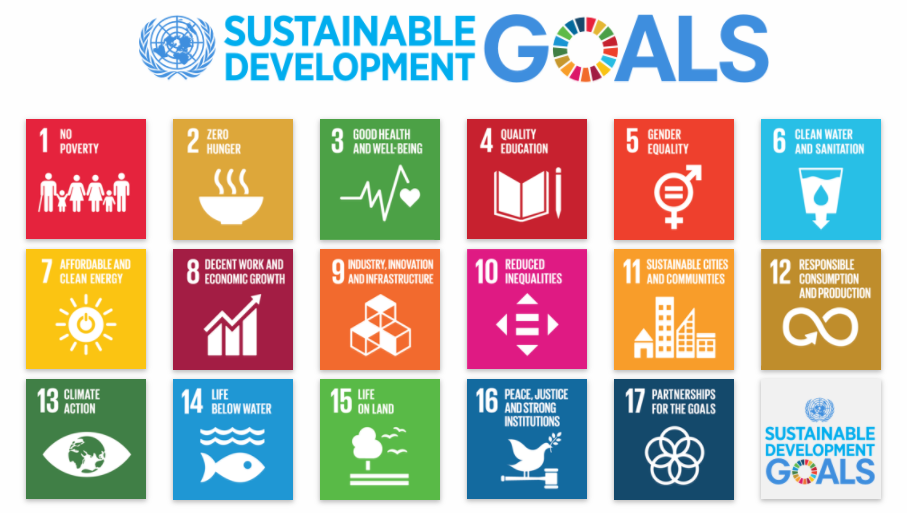
There is mounting evidence pointing towards the contribution of urban centers in global climate change, extinction of flora and fauna and large scale pollution. They indeed are counted as the main source of green-house gas emissions, especially in light of the economic, social and cultural activities of the human population which have failed on the sustainability parameters. This calls for an integrated planning which entails land management and developing potential means for mitigation of the biodiversity and environmental loss.
To begin with, UNDP and UNEP define integrated development planning as an approach that simultaneously advances multiple benefits across the three dimensions of sustainable development (social, environmental and economic). It ensures that poverty eradication and environmental sustainability go hand in hand (2013). Ecofriendly infrastructure planning, inclusive of transport, energy and sustainable strategies, then plays a key role. However, we should not forget we not only living in times of globalization but also that of fast-paced development. And often such economic development comes at the cost of environmental degradation and enhanced GHG emissions, that is lacking sustainability; with the fastest developing economies China and India being prominent examples.
It should be noted, that any inclusive green economic approach here will be faced with poverty-environment nexus which will play a central role advancing the SDGs of Agenda 2030. One, therefore, needs to understand the practicalities of integrated planning, taking into account factors like economic backwardness, key occupation, social maladies such as gender biasness, child labor, environmentally hazardous practices, pollution levels, health and disease epidemics etc. In such a scenario, it is the regional and the national planning framework which provides a foundation to the integrated planning and sustainability approach, enabling it to liaise with the vulnerable and the strongest players of the ecosystem.
Any sustainable growth of urban center, then, needs to first streamline the integrated development approach with the national planning cycle of the respective country. In this context, there are a few key enabling factors, which catalyze the sustainability planning and development process:
- Strong institutions and governance systems— Strong governance systems with even stronger national visions and strategies are imperative. In addition, political ownership with involvement of the leaders and key decision makers is must.
- Bolstering evidence-based empirically backed policies— Reliable data is mandatory for an informed policy decision- making. System analysis tools need to be made available to agencies building their capacities to adopt a broader and wider participatory research.
- Budgeting and financial systems installed— Planning should go hand in hand with norms of financial system, so as to ensure smooth delivery of implementation and expenditures. In fact, possible green fiscal mechanisms should be formulated such as green banking, environmental fiscal reforms, mainstreaming green capital into national budgeting process etc.
- Support monitoring and evaluation— here the results should feed into the policies and national plans, their formulation, budgeting and programming. However, this requires a bolstered data collection, metric system and capacities for any future success.
- Multiple-stakeholder capacity development— bringing together, central government, subnational level, private sector, civil society and local people and noting their opinions and concerns. Thereby, creating a participatory culture, where plans and policies are based on consensus.
Political economic issues play a significant role in successful implementation of any approach. One should remember that without addressing these issues of inequities, implementations of the programs will be hindered by vested interests of the powerful. Thus, national governments have a challenge of implementing strategies and plans aiming for transformation through integrated development, which is critical to achieve Agenda 2030 Sustainable Development Goals. These policies should be designed such that they are simultaneously able to achieve poverty eradication, growth, and environmental sustainability. Potential trade-offs and synergies between development goals and interested stakeholders is then vital in overcoming roadblocks — thereby allowing all stakeholders to work unanimously towards Agenda 2030.
